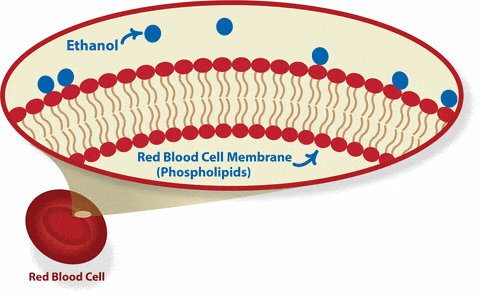Adult & Child Drug Testing Lab
Adult PEth Testing

Phosphatidylethanol (PEth) is a mid-to-long-term alcohol biomarker created in red blood cells, where it exists as part of the cell membrane. We offer PEth testing in dried blood spots and whole blood (venipuncture). PEth may be detected in blood for up to approximately 2-4 weeks. However, there may be isolated circumstances where PEth may be detected at 6 weeks or more. Learn more about PEth by reading the relevant foundational research here.
Collection
Client Services
By Phone: 1.800.235.2367
Business Hours (CST)
Monday 7am-7pm
Tuesday 7am-7pm
Wednesday 7am-7pm
Thursday 7am-7pm
Friday 7am-7pm
Saturday 8am-5pm
Testing Details
- References
- Articles
- FAQs
- White Papers
A Moment In Time 02-Feb-2015
Breaking the Blood Barrier 01-Dec-2015
Made In The Blood 02-Feb-2015
Monitoring Alcohol Use Among Pregnant Women 11-Nov-2016
The Long Game 02-Feb-2015
What is Phosphatidylethanol (PEth)? 16-Apr-2014
Contact USDTL
1.800.235.2367
Client Services
By Phone: 1.800.235.2367
Business Hours (CST)
Monday....................7am-7pm
Tuesday....................7am-7pm
Wednesday.............7am-7pm
Thursday..................7am-7pm
Friday........................7am-7pm
Saturday...................8am-5pm
Newsletters, Posters, and Catalogs
Our print materials will keep you up to date on the latest news in drug and alcohol testing.
Request Your Collection Supplies
For your convenience, USDTL provides test collection supplies at no additional charge.



